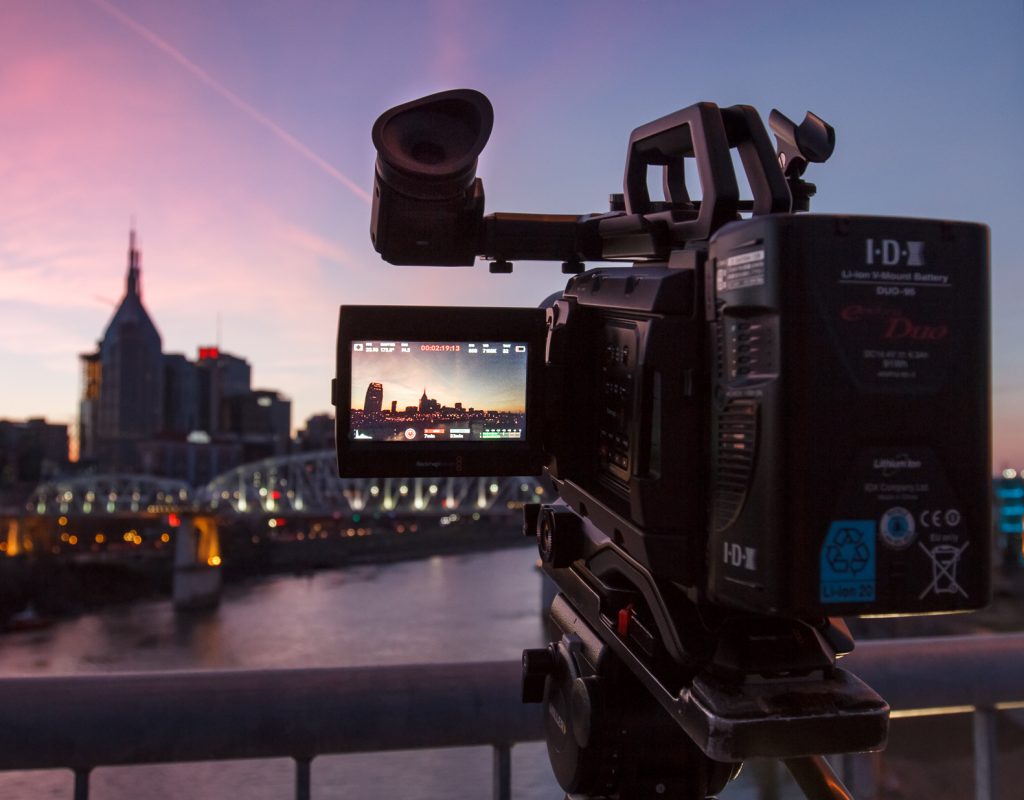Is this the best camera made my Blackmagic Design? I think there might be a good case for it to be. One thing is for sure. Blackmagic Design is listening to their customers. Shooters asked for a Neutral Density filter wheel and they got one. They asked for an easier camera to use and they got one. When Blackmagic Design sent me the URSA Mini Pro to test I immediately pressed it into service literally. I had it out on a shoot on day 1. The Pro became my “A” camera right away because it had everything I loved about the URSA Mini 4.6K but was easier to use. For two weeks I took the URSA Mini Pro on every shoot. I shot HD, 4.6K raw, High frame rates and I took all that footage into DaVinci Resolve to see where it shined and where it fell apart.
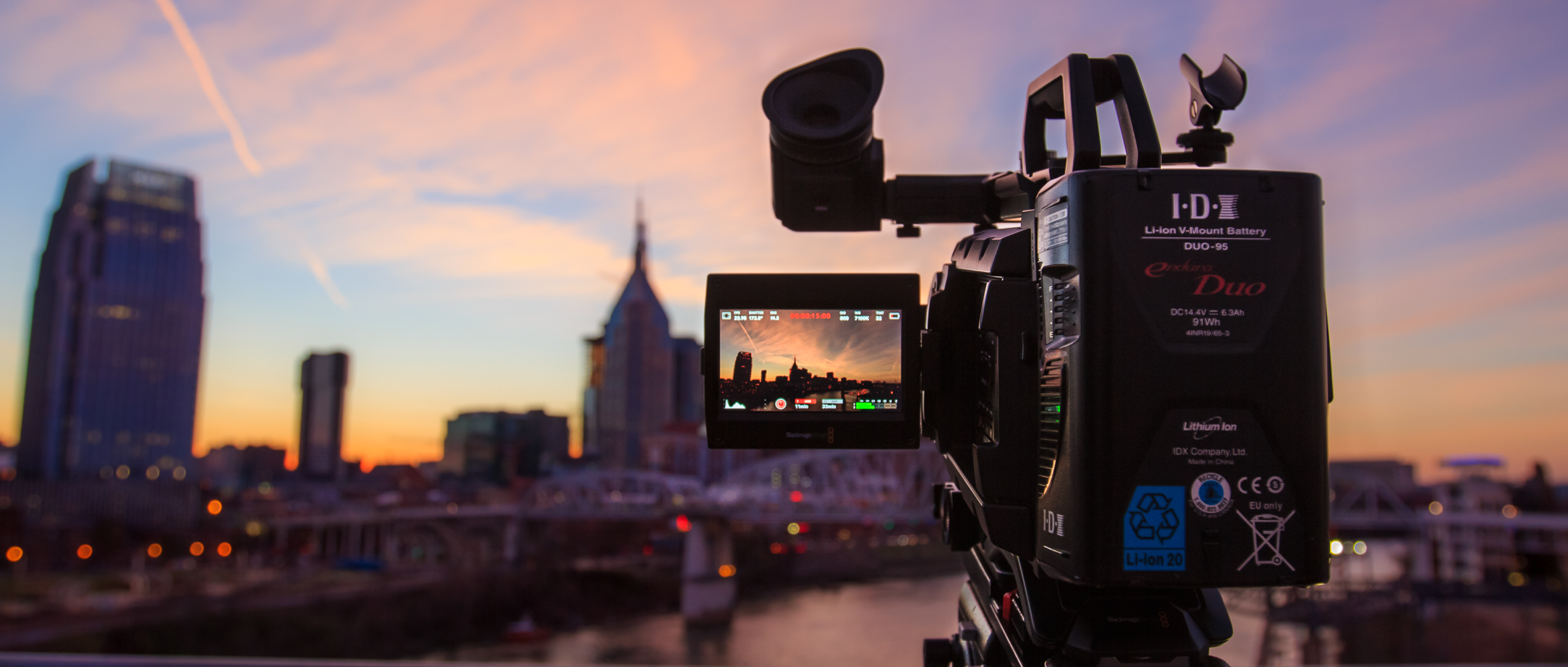
Buttons! Buttons! Buttons! Even a White Balance button
It is about time for usability. While I enjoyed other Blackmagic cameras I always felt these cameras had a bit of give-and-take to them. They gave you a better image, raw recording, audio inputs, and many other features only to take away some usability usually found in broadcast cameras. It was a give-and-take I could live with. Now, we don’t have to live with it. We have both the usability of a broadcast camera and the great color, 4.6K resolution, and raw recording in the URSA Mini Pro. I could list all of the buttons added to the operator’s side of the camera, but that would be kind of boring. I’ll tell you about my favorites and then go into more detail about them below. My favorite is the High Frame Rate (HFR) button. Then it is the ISO, Shutter, and White Balance buttons.
These settings like ISO, and Shutter on in similar places on the URSA Mini Pro as the Gain, Knee, and White Balance preset switches on an ENG broadcast camera. I pretty sure this is not a mere coincidence. Nor is it a coincidence the White Balance button is on the lower left front part of the camera. Again, this is a similar place on traditional broadcast cameras. The URSA Mini Pro is meant to be easy to use and I can promise you it is easier to use than the URSA Mini 4.6K and 4K cameras.
What’s The Same
Sensor-wise the URSA Mini Pro is the same camera as the URSA Mini 4.6K. But… I think it might be safe to say Blackmagic may have tweaked a few things under the hood. For example, the audio pre-amps are better in the URSA Mini Pro, but I will get to “what’s different” in a minute. If you have used the URSA Mini 4.6K or even the URSA Mini 4K before then the URSA Mini Pro will feel at home in your hands. The LCD screen user interface is still the same. It still is easy to use and fast to change settings on screen quickly. The recording codecs, formats, and using CFast 2.0 cards are all the same. The camera is all about the changes to the outside and not under the hood.
What’s Different In The URSA Mini Pro
There are a few things different, other than the addition of useful buttons, knobs, and wheels on the outside of the camera. The raw image feels better. I think the image noise in the URSA Mini Pro is less than it is in the 4.6K version. It is not a huge difference, and it could be a placebo effect. It happens. I think there is zero magenta vignette at least it was not present in the camera Blackmagic sent me to review. It seems to be Blackmagic Design took the time to make the URSA Mini Pro all around better than just adding features to the outside of the camera. I think what improvements they made to the image may be subtle changes. Add up enough subtle changes and those changes become bigger.
The flip-out LCD screen is an inch smaller. It goes from a 5 Inch screen on the URSA Mini 4.6K and 4K to a 4 Inch screen on the URSA Mini Pro. This is hardly noticeable when shooting with the URSA Mini Pro. I will happily trade the usability of the URSA Mini Pro for an inch smaller LCD screen.
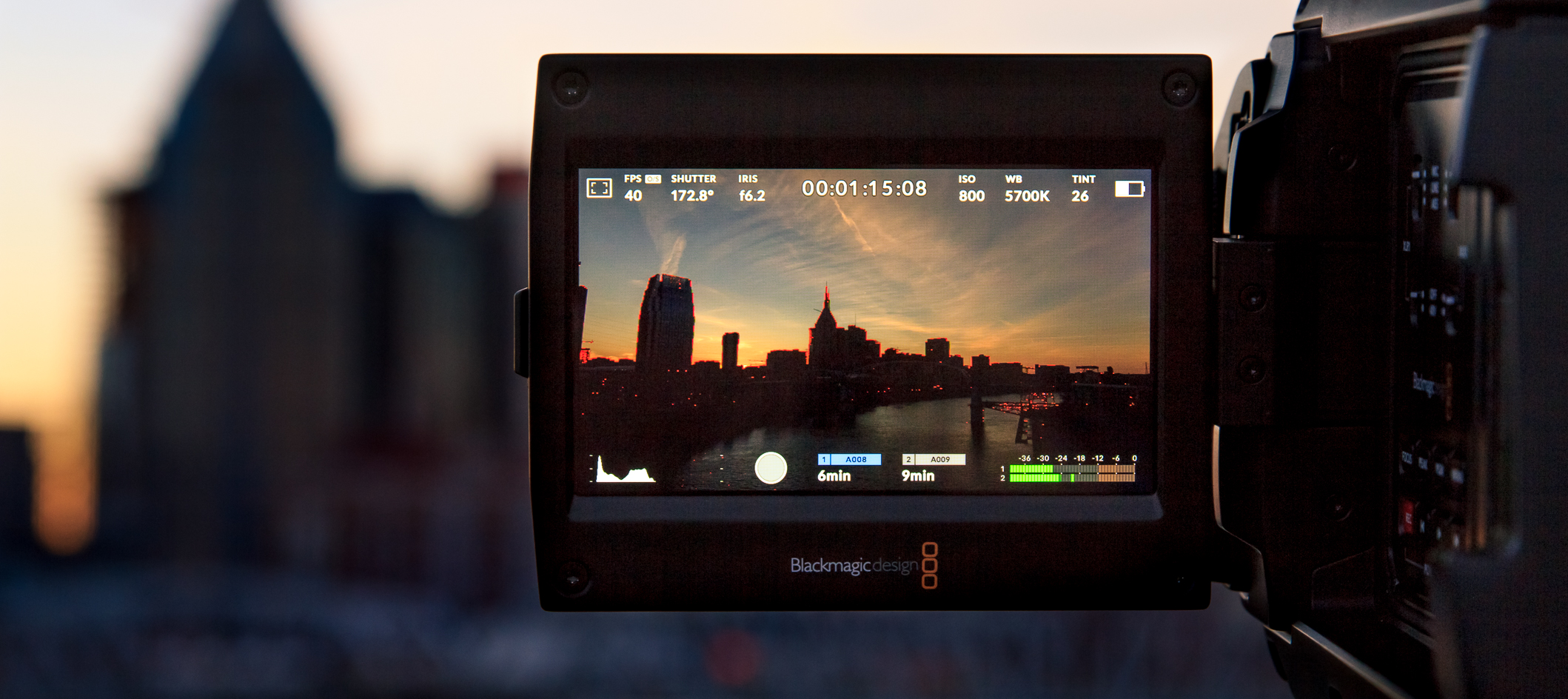
Changeable Lens Mounts
This camera features a PL lens mount for $245, a B4 Lens mount for $385, a replacement Canon EF mount for $175, and a yet to be priced a manual Nikon mount. This is pretty cool for a camera costing less than $10,000. Yes, Sony and their e-mount can be adapted to these mounts too, but the prices for those mounts are a touch more expensive. In the end, an owner/operator can pick up all the available lens mounts and shim kit for less than a grand, and this is including a replacement EF Mount. I think this makes the URSA Mini Pro more flexible. I mean, just having a single lens mount is kind of a drag and antithetical to who URSA Mini Pro is targeted.
What I really want to see is if Metabones, or a similar company, will make a speed booster for this camera? Since the URSA Mini Pro mount is removable does this make the camera easier to build aftermarket lens adapters? I do not know, but I am hopeful to see something down the line.
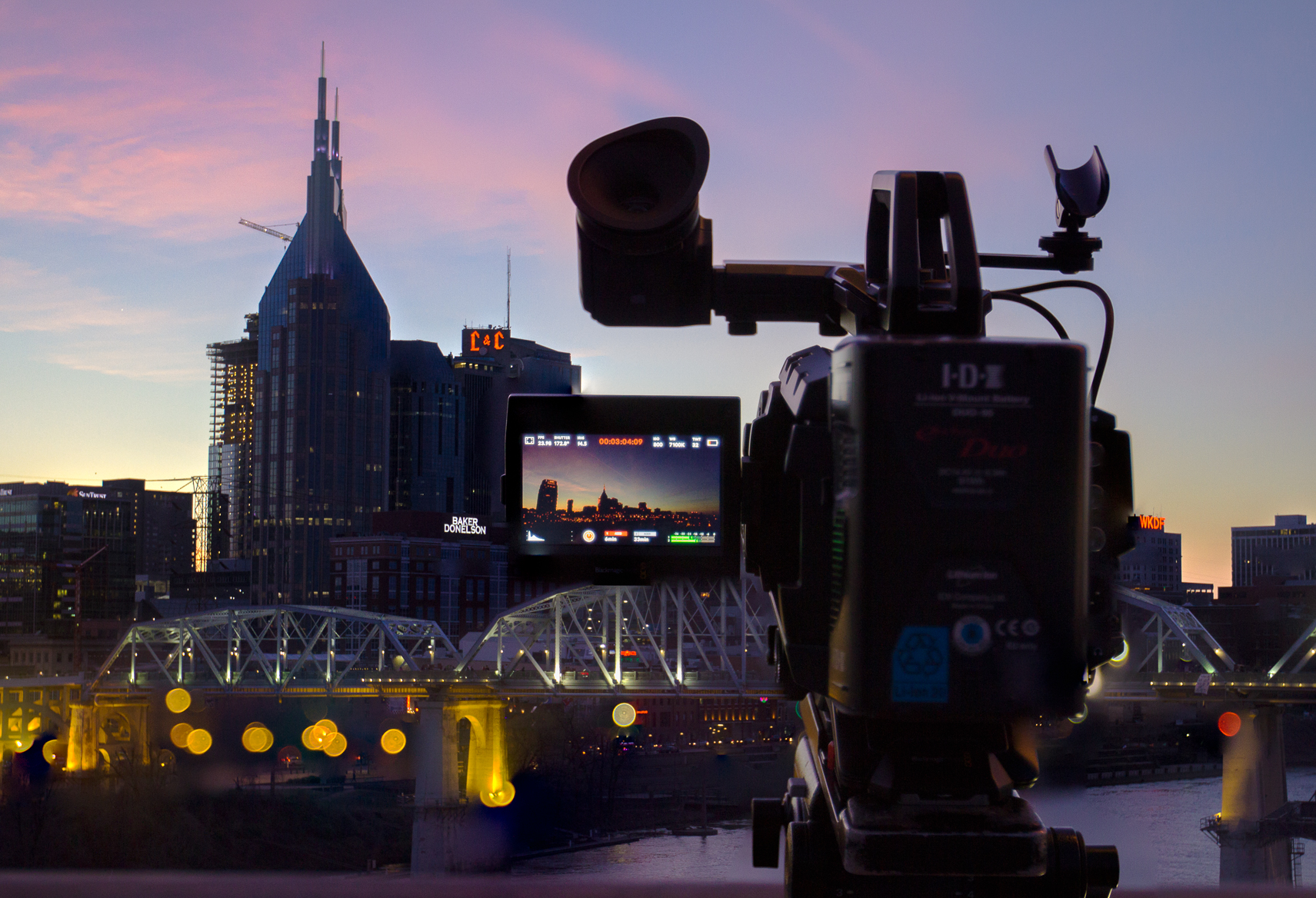 ND Filters
ND Filters
From what I understand, the request for a neutral density filter wheel was the most requested feature in a new camera from Blackmagic Design. It makes complete sense to me too. Those who buy a Blackmagic camera may not necessarily be the same people who may throw down more money on a good matte box and filters. The ND filter wheel options range from clear to 2, 4, to 6 stops of neutral density. This is not your basic neutral density either. Blackmagic put in specifically designed IRND to match the camera’s colorimetry and color science. When I shot with the URSA Mini Pro I found the neutral density to be great and the color from clear to 6 stops of ND to be perfectly matched. I just glad to not have to find the right recipe of a camera’s color science and a filter’s recipe. I just want it to work and I bet you all do too.
Outside LCD
This is totally a broadcast feature. The outside LCD screen is something I would look at on older broadcast cameras to make sure I wasn’t screwing something up when shooting an interview or a live shot. It is nice to be able to glance at a screen to check one’s settings. Considering the audio wheels are on the outside of the camera the outside LCD screen becomes the way to check your audio without opening up the flip-out LCD screen. It is basic which is exactly what you want. You will find FPS, Shutter, White Balance, ISO settings, and time code on this backlight screen.
IRIS/H Phone/Monitor Dial
More than an ND Filter wheel a dial to control aperture was my most wanted update. Why? Because I tend to stick a single ND filter on the front my lens and then adjust my aperture when I am shooting on the URSA Mini 4.6K for most of my work. Now, the URSA Mini Pro and it’s IRIS dial life is a lot easier changing aperture on the fly. With the 4.6K and 4K cameras, I felt like I was always searching for the aperture open/close buttons. About 50% of the time I had to take my eye away from the EVF and find the right button. It was not as intuitive as I wanted, but I made it work.
With the URSA Mini Pro, the dial is near the ND filter wheel. This allows a more intuitive operation of the camera. I could adjust my ND and my aperture without taking my eyes off the EVF. This helped me be a more disciplined shooter and I felt more in the moment when shooting. This is exactly where I want to be when I am shooting.
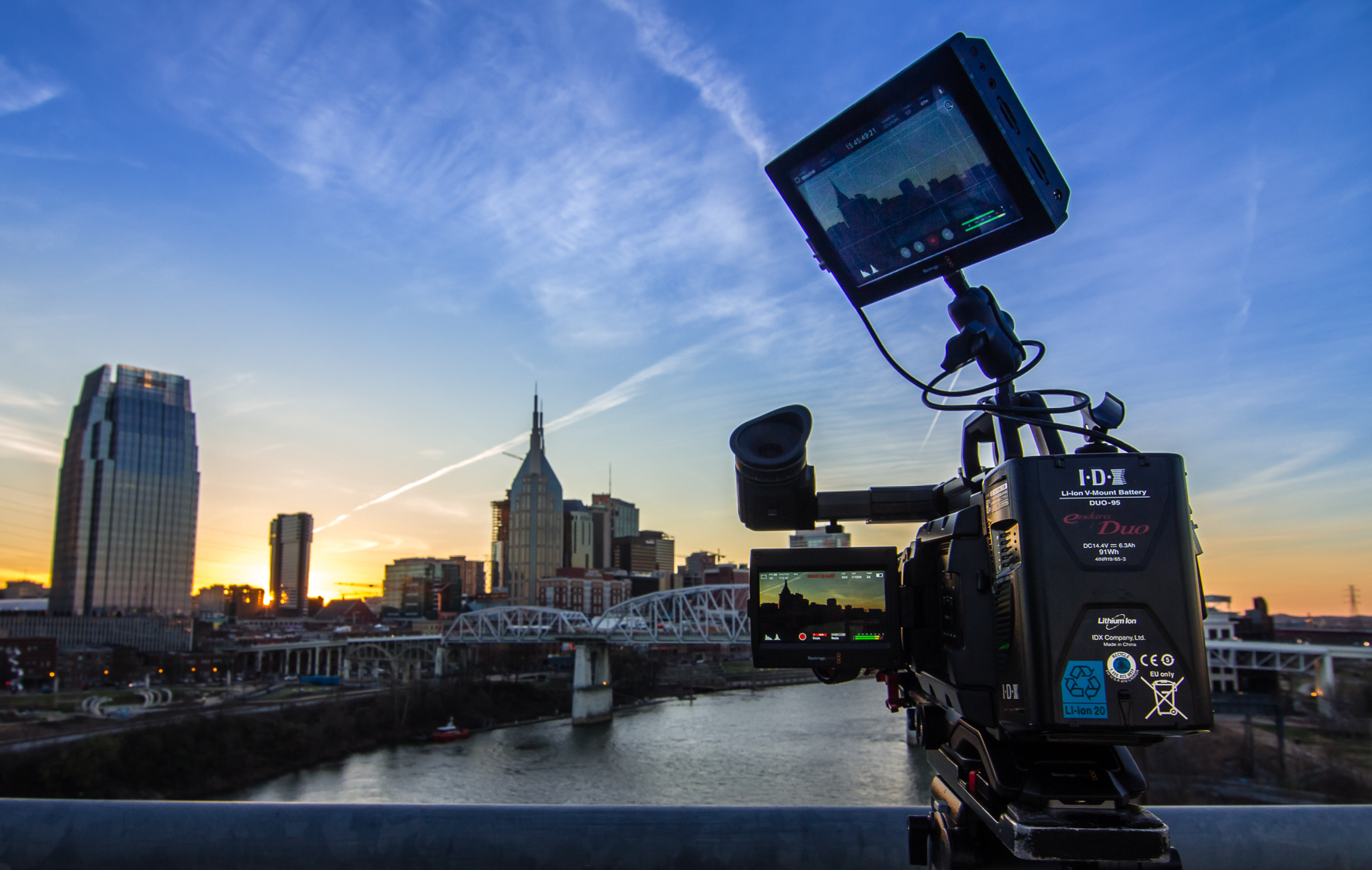
CFast 2.0 and SD Card slots
The URSA Mini Pro has four media card slots. This is two more than the URSA Mini 4.6K and 4K. No, the camera cannot shoot a proxy recording on the SD Cards while the CFast 2.0 cards record raw. The reason for two different cards slots is to help owner/operators save money on media. If all you shoot is HD or UHD Pro Res footage than the SD cards will do just fine. But do not expect just any SD card to work on all of these recording formats. Only the 64GB Lexar SDXC II 300Mb/s cards record 4K Pro Res in the 4K Video Assist. I would hedge my bets and only buy these cards for the URSA Mini Pro. They are a lot less expensive than CFast 2.0 cards and you get most of the recordable formats available. It might be nice to reserve CFast 2.0 cards for those jobs where raw recording is necessary and the SDXC cards for all other work. This way owner/operators are not throwing down a ton of cash on a bunch of CFast 2.0 cards. I have four and 2 SDXC cards. I mostly shoot HD and UHD ProRes footage. I just glad I have two more cards to shoot on if needed. Price wise a 64GB CFast card falls around $200 and the Lexar SDXC II card with a reader falls around $90. Around a hundred dollar different is not much if just buying one card, but if you need to buy five or that the savings add up.
Shooting ENG Work with the UMP
For a little over 5 months I have been shooting a weekly news story on the URSA Mini 4K, URSA Mini 4.6K, Blackmagic Cinema Camera, and occasionally the Blackmagic URSA with a version 1 sensor. The URSA Mini 4.6K is my “A” camera with the other three as “B” and “C” cameras. For the time Blackmagic lent me the URSA Mini Pro it became my “A” camera on news shoots. I have to disagree to those out there stating the URSA Mini cannot be used for ENG work. While I am not shooting spot news I am shooting features and the URSA Mini Pro seems to fit just fine into those situations. You can see an example below.
That being said, I am not a huge fan of using the B4 Lens mount on the URSA Mini. I try not to window the sensor unless I have plenty of light, am shooting below 1600ISO, or I am trying to extend my lens throw. Otherwise, I see no real benefit to the B4 Lens mount with what I shoot. If I need a good all-around lens I will shoot with my older Angenieux 25-250, but this only happens occasionally.
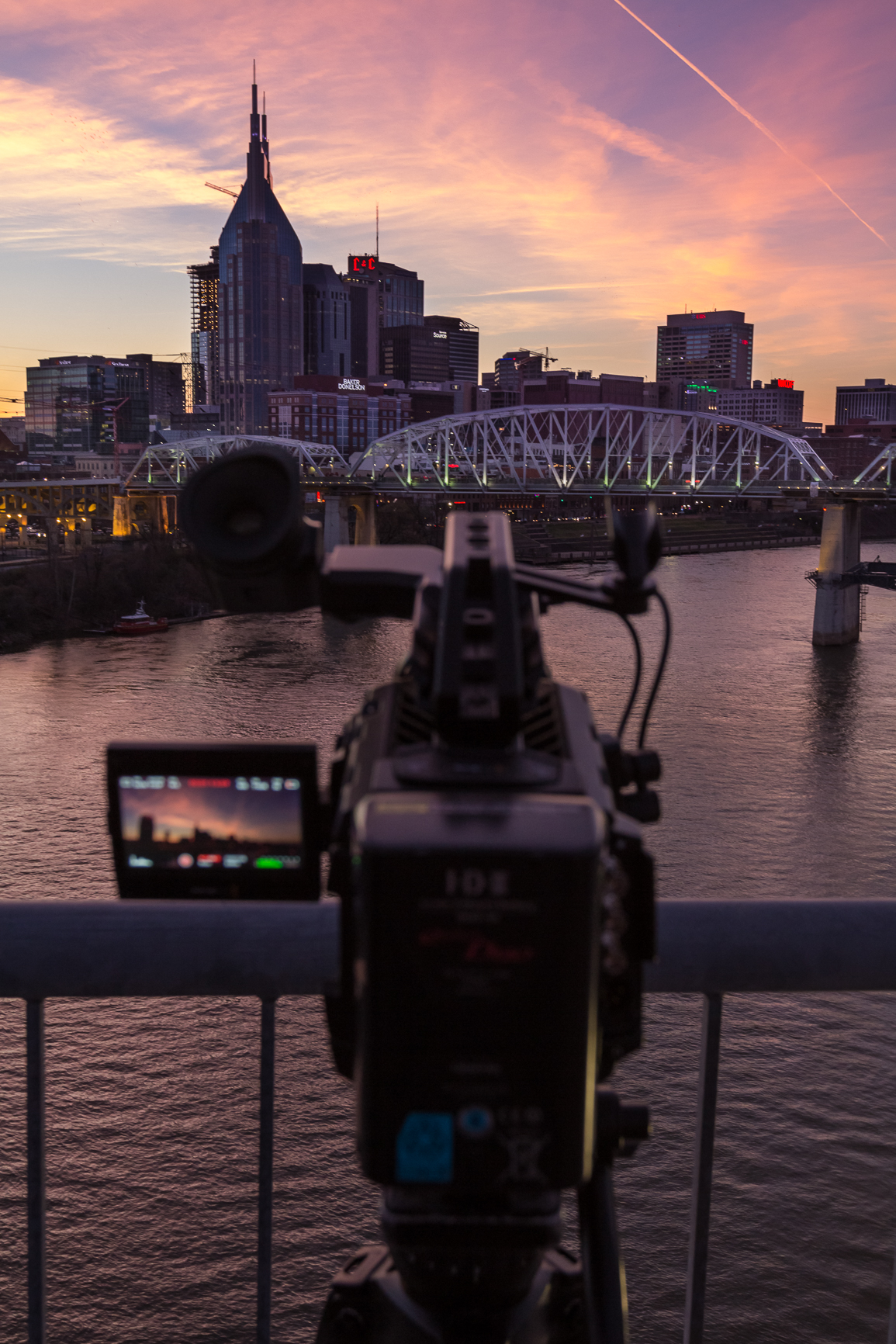 Shooting Live Shots
Shooting Live Shots
I recently did shoot some live shots for our morning show. I can say I absolutely preferred to shoot a live shot on the URSA Mini Pro and URSA Mini 4.6K. What makes it easy is the flip-out LCD screen. I can control everything in the camera without placing myself in an awkward position to monitor what I am shooting. I just step back and I can see everything. I can see what the shot looks like on the LCD screen and I can see my shooting situation to know if I need to be aware of something developing. If I need to go hand-held I can quickly throw the camera on my shoulder and go. But, it’s about being able to control the camera through its user interface. This is what makes it easy to use.
Low-Light?
No, Blackmagic did not improve upon the low-light capability of the URSA Mini Pro. The camera’s ISO still tops out at 1600. I do not usually have shoots where I run out of f-stop and light at the same time. If I was a wedding shooter I might want something a little more sensitive to make sure you can shoot in those forever dark receptions and ceremonies. For my news promotion work, this camera fits in just fine. The 1600 ISO noise appears to be less, but this could be a placebo effect on my part.
What I loved
I love the redundancy found in the camera. There are multiple ways to press record for example. Audio can be changed in the menu or on the side of the camera. Even if you destroy the EF Mount you can replace it for less than $200. The usability of this camera is top-shelf. I would put usability up to the level of a broadcast ENG camera. The ND Filter Wheel and Iris Dial found in the right places means a shooter can operate with the camera on their shoulder and their eye to the EVF and have access to all the exposure setting needed. This keeps operators in the moment which is vitally important during run & gun shooting.
The 15 stops of dynamic range. I found in the walking bridge video I shot I could lift the shadows quite a bit without introducing much noise at all. This was color correcting a ProRes file too. When I shot 4.6K raw I could manipulate the shadows even more. I feel like this dynamic range in the raw, when grading in DaVinci Resolve, is a little better and with less noise. I could be wrong, but the URSA Mini Pro may have a touch better image than the 4.6K. Again, this might be a placebo effect.
What I think needs improvement
I so wish to have an Iris Dial on the hand grip. It just feels a bit more natural to adjust aperture with my right hand. This, of course, is nit-picky. I know it is called the Mini and when the URSA Mini Pro is on a DJI Ronin it does not feel like a miniature of anything. It feels downright heavy on a Ronin. Considering the success of the Pocket Cinema Camera and Micro Cinema Camera I hope Blackmagic finds a way to put this gorgeous 4.6K Sensor into a smaller body. Maybe something a bit more gimbal ready. Maybe in the future. We will have to wait and see.
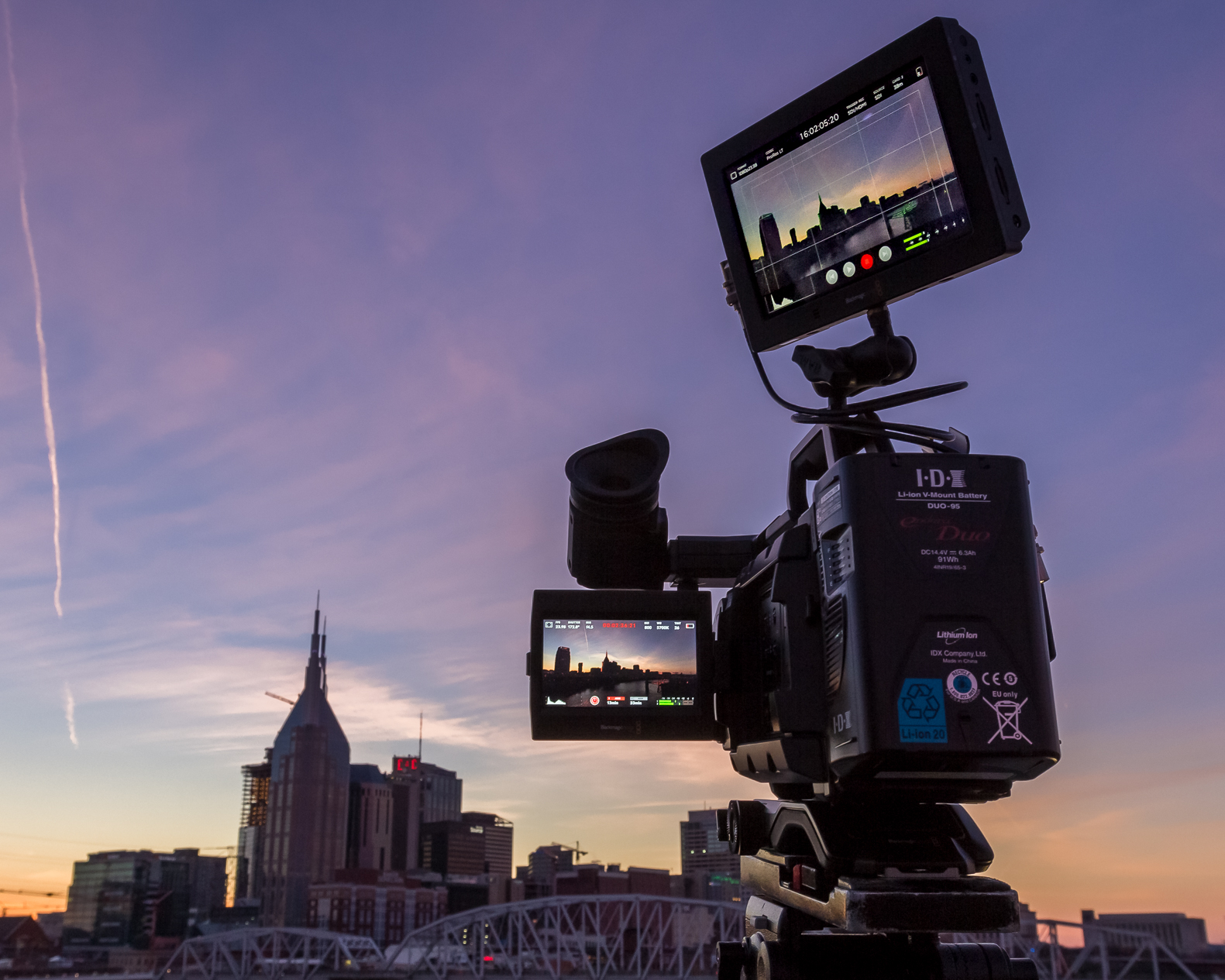
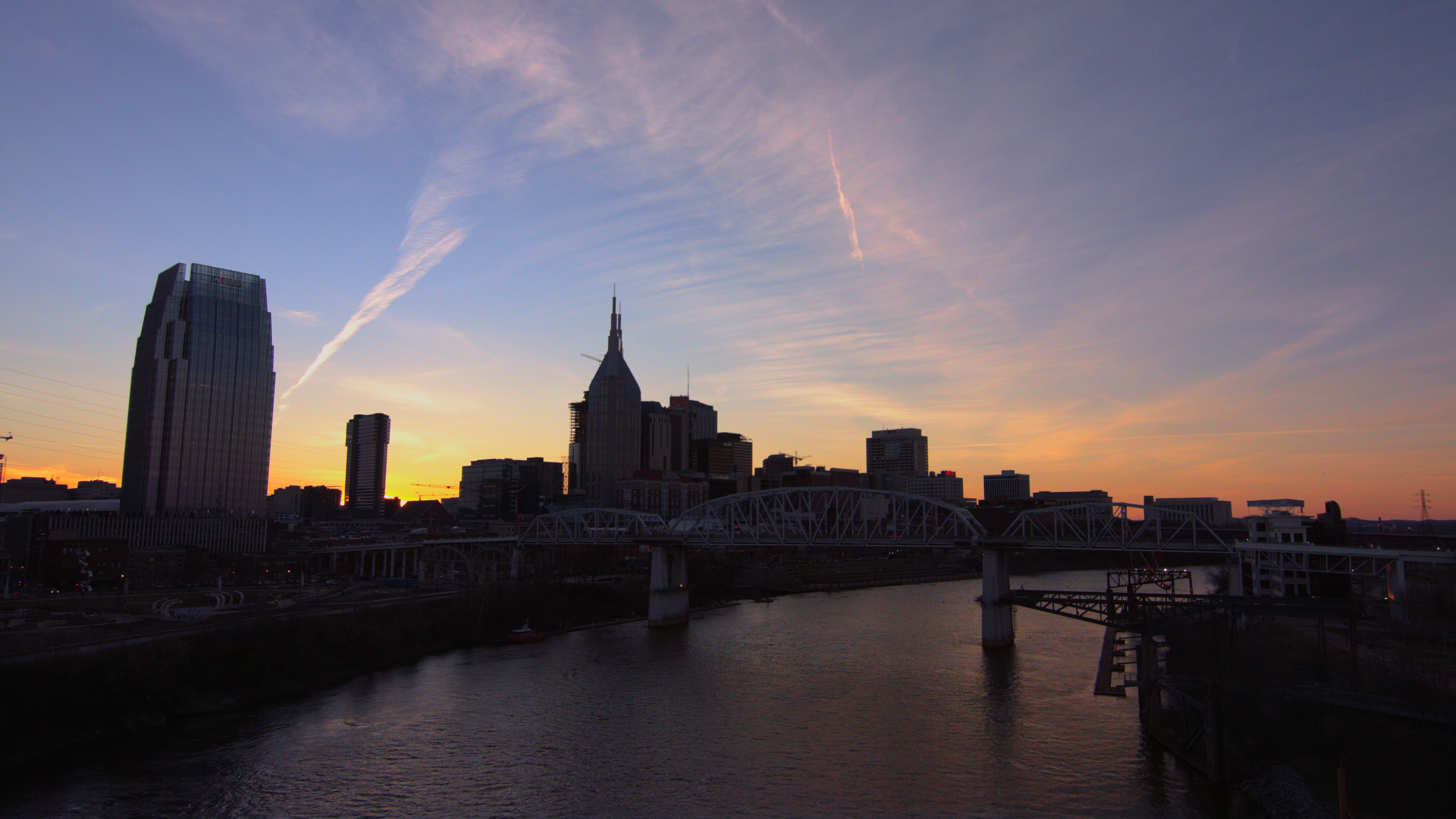
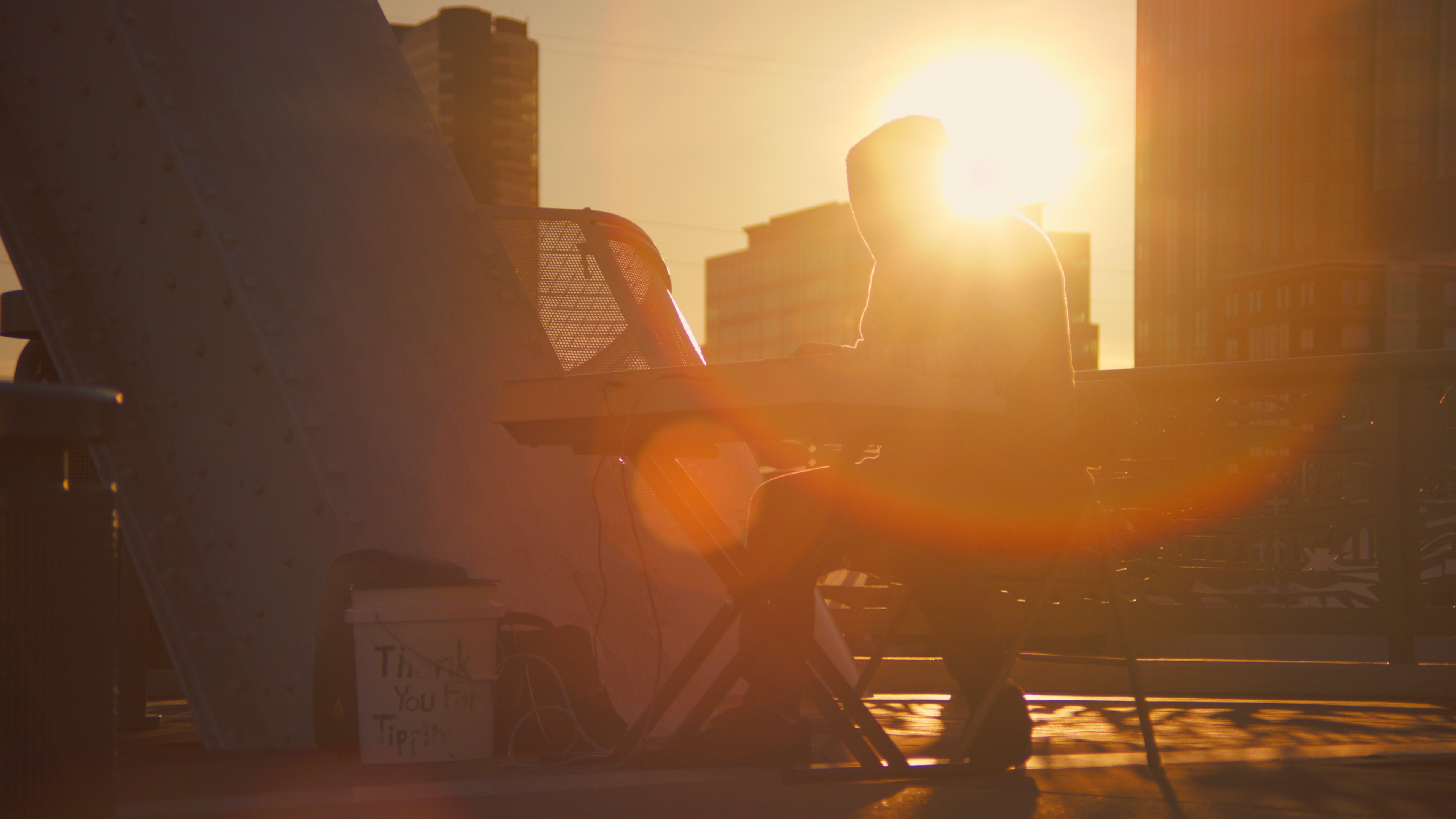
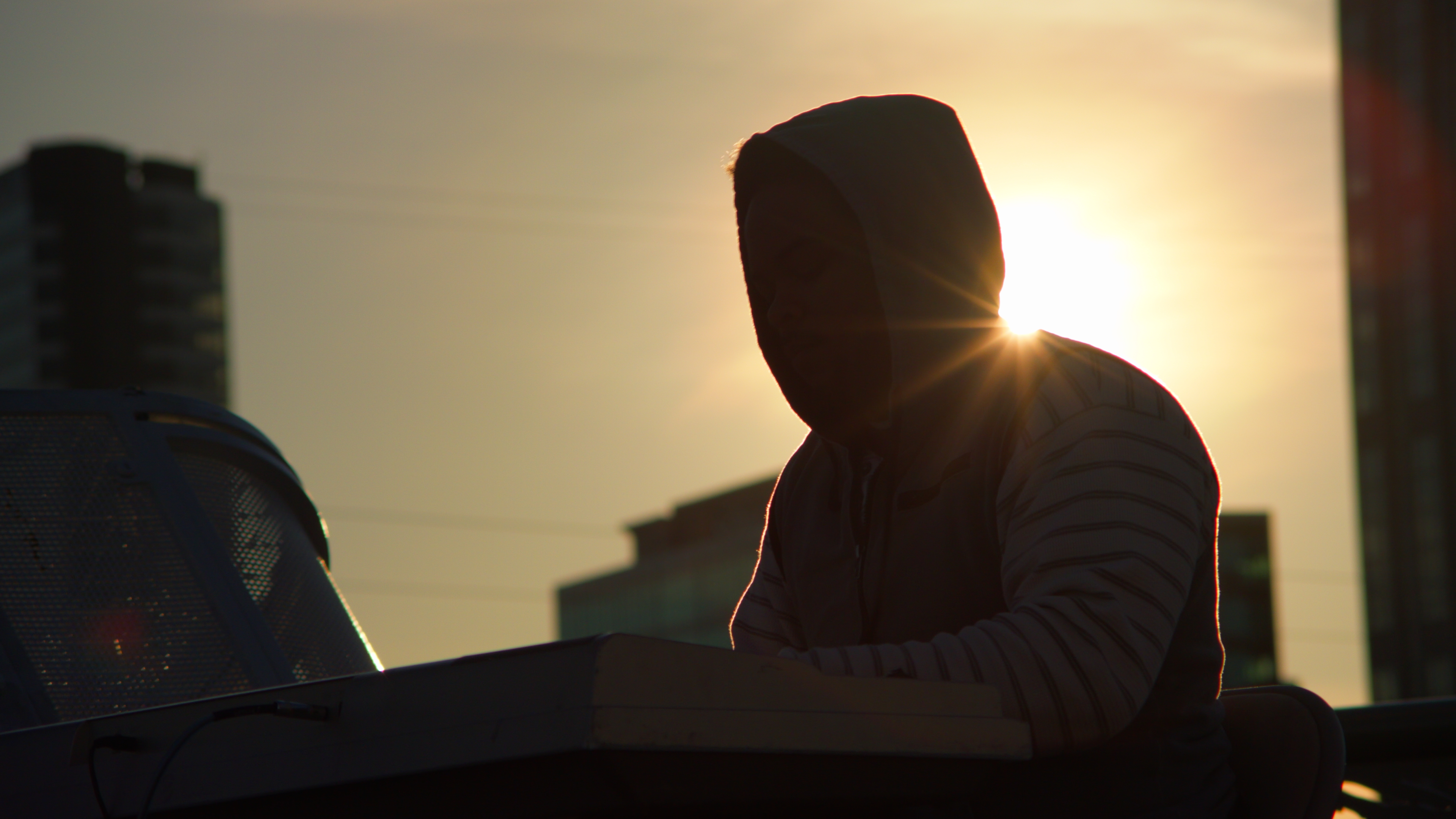

Filmtools
Filmmakers go-to destination for pre-production, production & post production equipment!
Shop Now